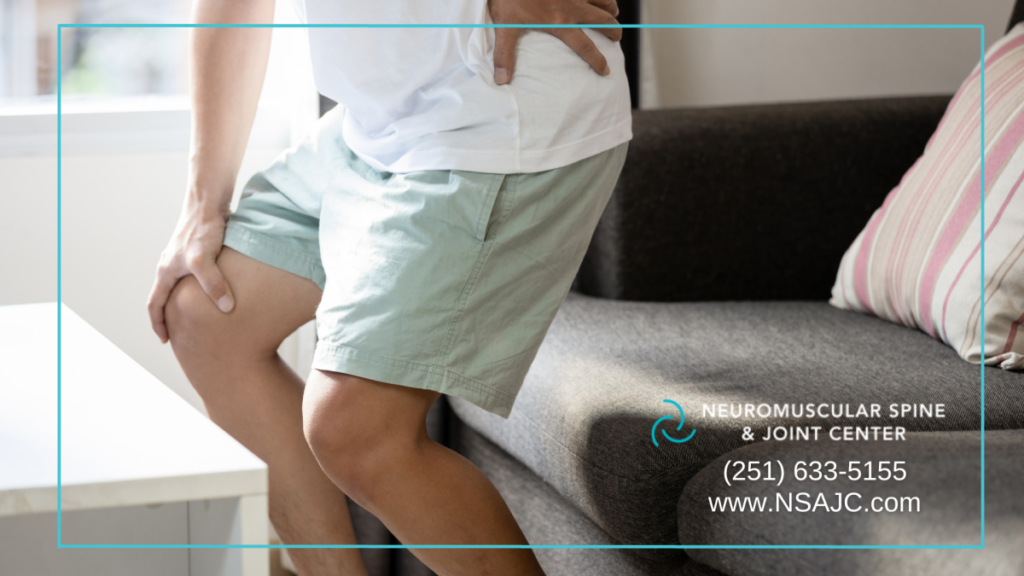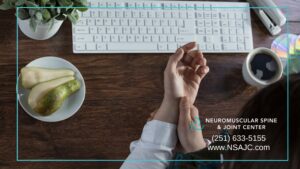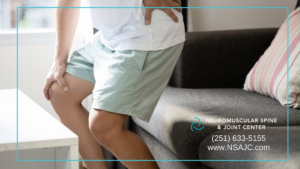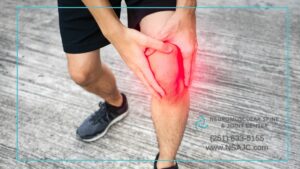The sacroiliac joints connect the spine and each side of the pelvis. These joints bear the weight and stress of your torso. This makes them easy to injure. Injury or overuse of these joints may cause low back pain.
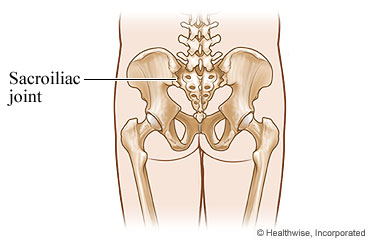
Stress on these joints can cause joint pain. Sacroiliac joint pain is more common in pregnant women. Certain kinds of arthritis also may cause this type of joint pain.
Home treatment may help you feel better. So can avoiding activities that stress your back. Your doctor also may recommend physical therapy. This may include doing exercises and stretches to help with pain. You may also learn to use good posture.
Follow-up care is a key part of your treatment and safety. Be sure to make and go to all appointments, and call your doctor if you are having problems. Knowing your test results and keeping a list of the medicines you take is also a good idea.
How can you care for yourself at home?
- Ask your doctor about light exercises that may help your back pain. Try to do light activities throughout the day. But make sure to take rests as needed. Find a comfortable position for rest, but don’t stay in one position for too long. Avoid activities that cause pain.
- Put a warm water bottle, a heating pad set on low, or a warm cloth on your back to apply heat. Do not go to sleep with a heating pad on your skin.
- Put ice or a cold pack on your back for 10 to 20 minutes at a time. Put a thin cloth between the ice and your skin.
- If the doctor gave you a prescription medicine for pain, take it as prescribed.
- If you are not taking a prescription pain medicine, ask your doctor if you can take an over-the-counter pain medicine, such as acetaminophen (Tylenol), ibuprofen (Advil, Motrin), or naproxen (Aleve). Read and follow all instructions on the label. Take pain medicines exactly as directed.
- Do not take two or more pain medicines at the same time unless the doctor tells you to. Many pain medicines have acetaminophen, which is Tylenol. Too much acetaminophen (Tylenol) can be harmful.
- To prevent future back pain, do exercises to stretch and strengthen your back and stomach. Learn how to use good posture, safe lifting techniques, and proper body mechanics.
When should you call for help?
Call 911 anytime you think you may need emergency care. For example, call if:
- You are unable to move a leg at all.
Call your doctor now or seek immediate medical care if:
- You have new or worse symptoms in your legs or buttocks. Symptoms may include:
- Numbness or tingling.
- Weakness.
- Pain.
- You lose bladder or bowel control.
Watch closely for changes in your health, and be sure to contact your doctor if:
- You are not getting better as expected.
Care instructions adapted under license by Neuromuscular Spine & Joint Center. This care instruction is for use with your licensed healthcare professional. Always ask your healthcare professional if you have questions about a medical condition or this instruction. Kopp Medical LLC, DBA Neuromuscular Spine & Joint Center disclaims any warranty or liability for your use of this information.
